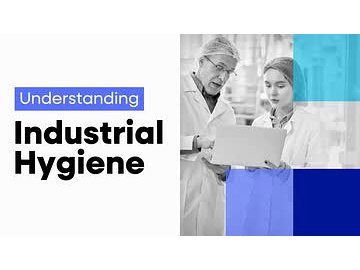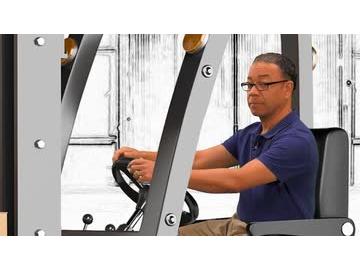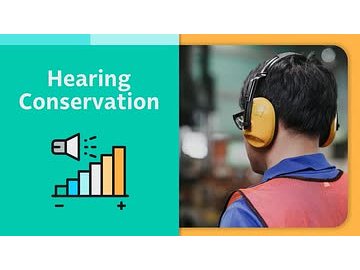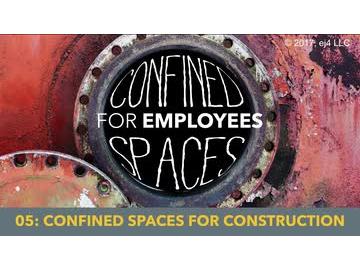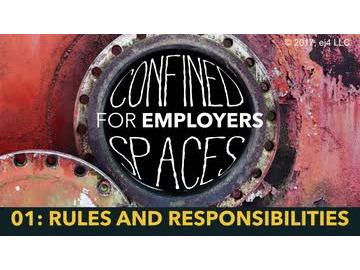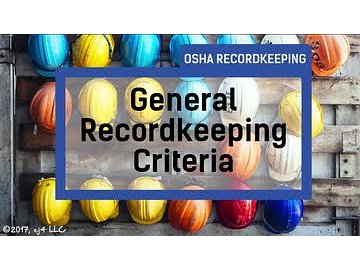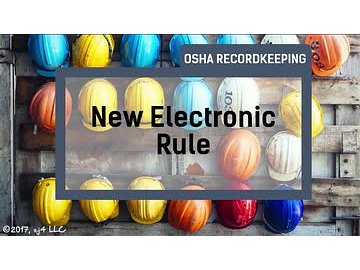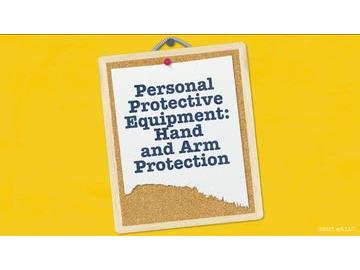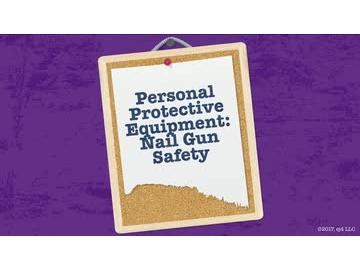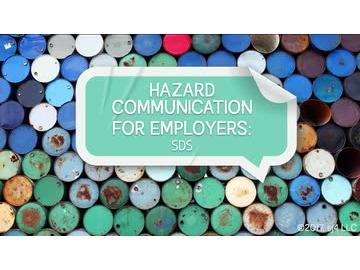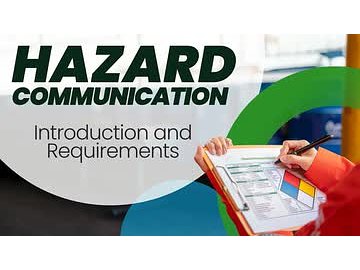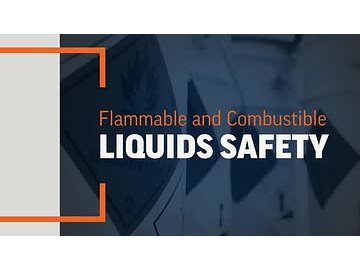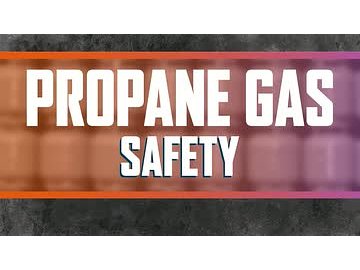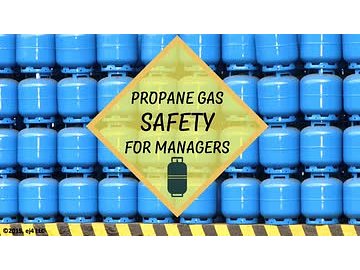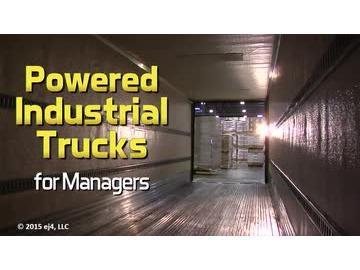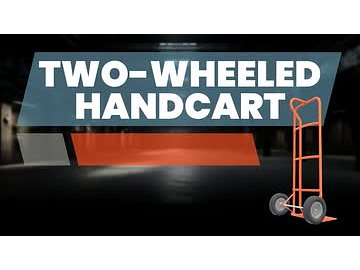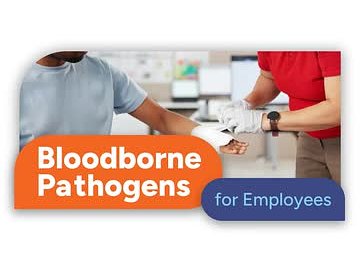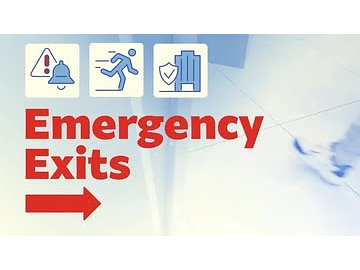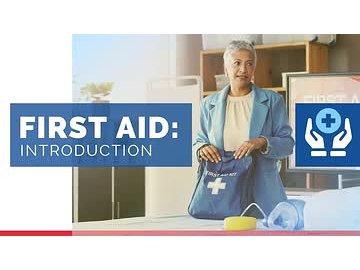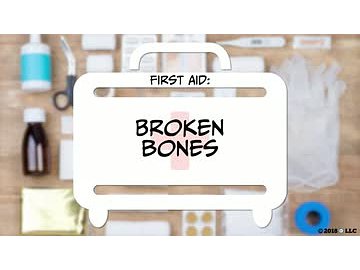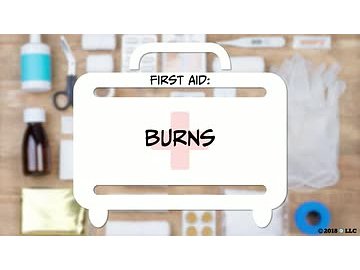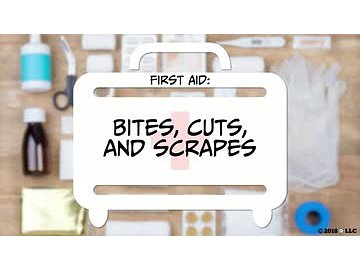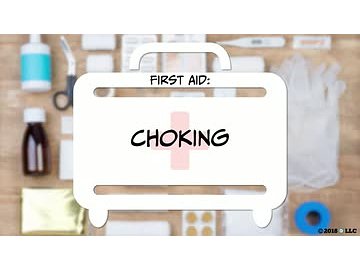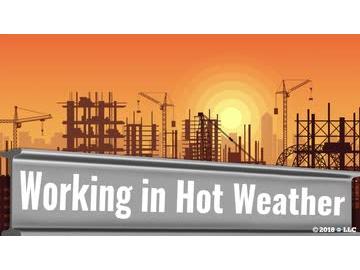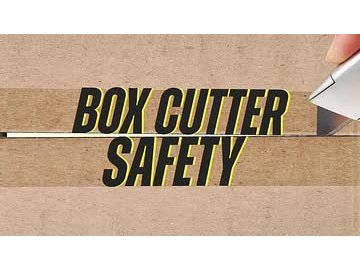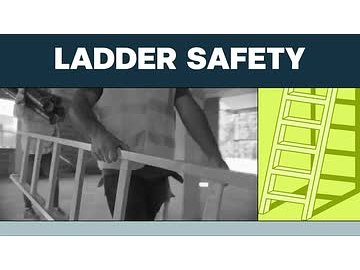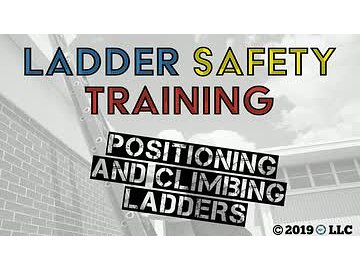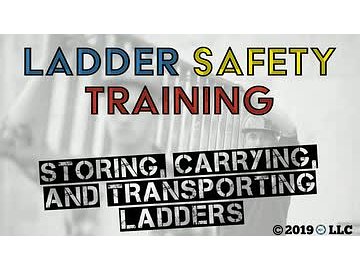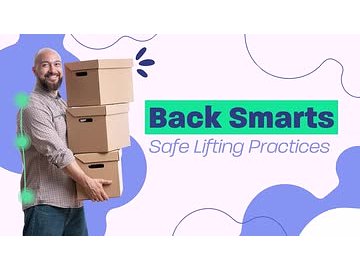Safety
Finish in
780 mins!
Employees
only
of Completion
Friendly
Access
What you'll learn
Skills covered in this course
Description
Offering safety training for employees isn't just good practice, it's mandatory for many companies. Our training covers important topics such as personal protective equipment and forklift safety, and goes beyond to include topics such as OSHA recordkeeping and hearing conservation. Our wide range of topics gives learners well-rounded safety training to keep them from getting injured or jeopardizing the safety of others.
This lesson will familiarize you with the health and safety hazards you may face when working in an office environment, and introduce techniques for preventing and responding to injuries, illnesses, and security threats that may occur.
System Requirements
"• Windows 7 and newer
• Mac OS 10 and newer
Supported Browsers:
The current and previous major releases of the following browsers
• Safari v11 and higher
• Firefox v65 or higher
• Chrome v70 and higher
• Microsoft Edge v42 and higher
• Internet Explorer v11 and higher (Windows only- may exhibit visual differences from other
browsers)
Computer Speed and Processor:
• Use a computer 5 years old or newer when possible.
• 1GBofRAM
• 2GHz processor"
Author
Safety



